The All India War Memorial, famously known as the India Gate, is situated along the Rajpath in New Delhi. The overwhelming structure of India Gate is an amazing sight and is frequently compared with the Arch de Triomphe in France, the Gateway of India in Mumbai and the Arch of Constantine in Rome. This 42-meter tall verifiable structure was planned by Sir Edwin Lutyens and is one of the biggest war remembrances in the nation. India Gate is likewise renowned for facilitating the Republic Day Parade each year. In the event that you are quick to find out about World War I, you should take off to India Gate. It is additionally a treat for design sweethearts.
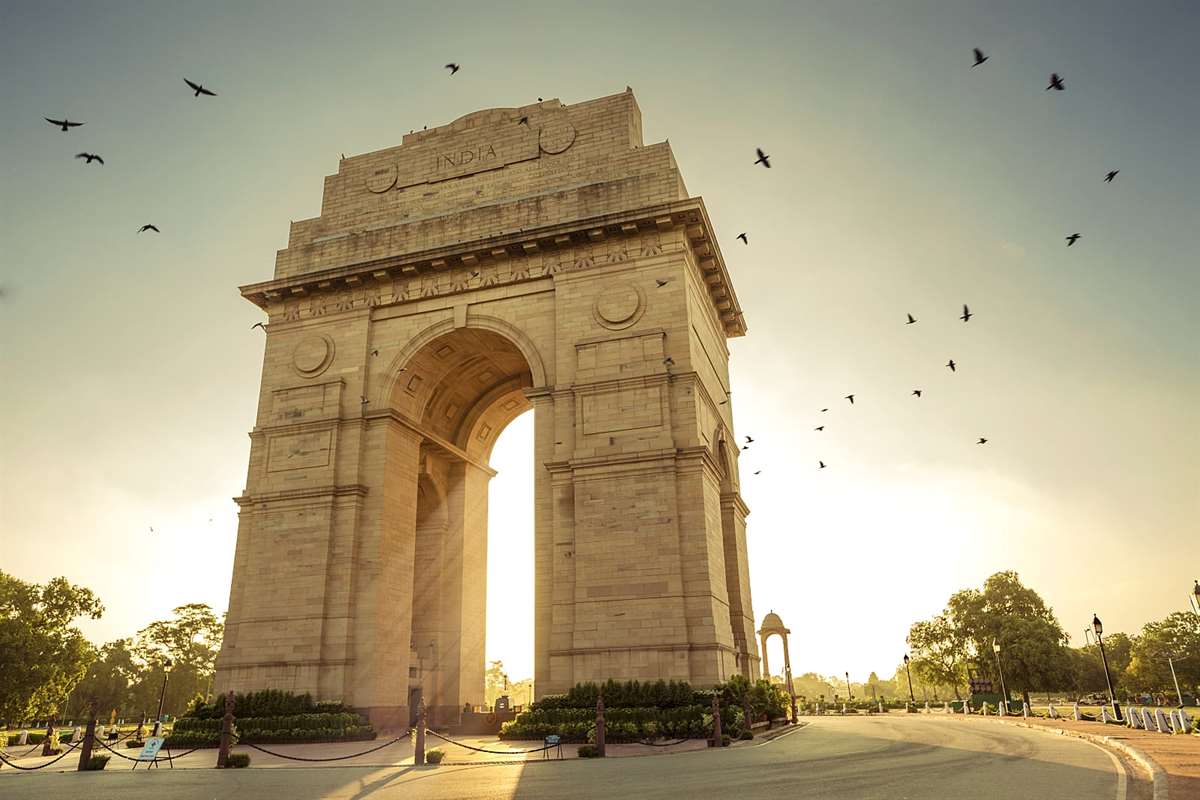
Committed to 82,000 Indian and British officers who died during the First World War and the Third Anglo-Afghan War, this landmark has the names of 13,300 servicemen engraved on its surface. The establishment stone of this structure was set down in the year 1921, and the last structure was disclosed in the year 1931 by the Indian Viceroy Lord Irwin. The premises of India Gate likewise houses the Amar Jawan Jyoti, which is situated right underneath the entrance. Worked in 1971 post the Bangladesh Liberation War, the Amar Jawan Jyoti symbolizes the endless, interminable warriors of India. Attributable to its rich verifiable foundation and astounding design, India Gate has turned out to be a standout amongst the most well known cookout spots in the city.
Amar Jawan Jyoti
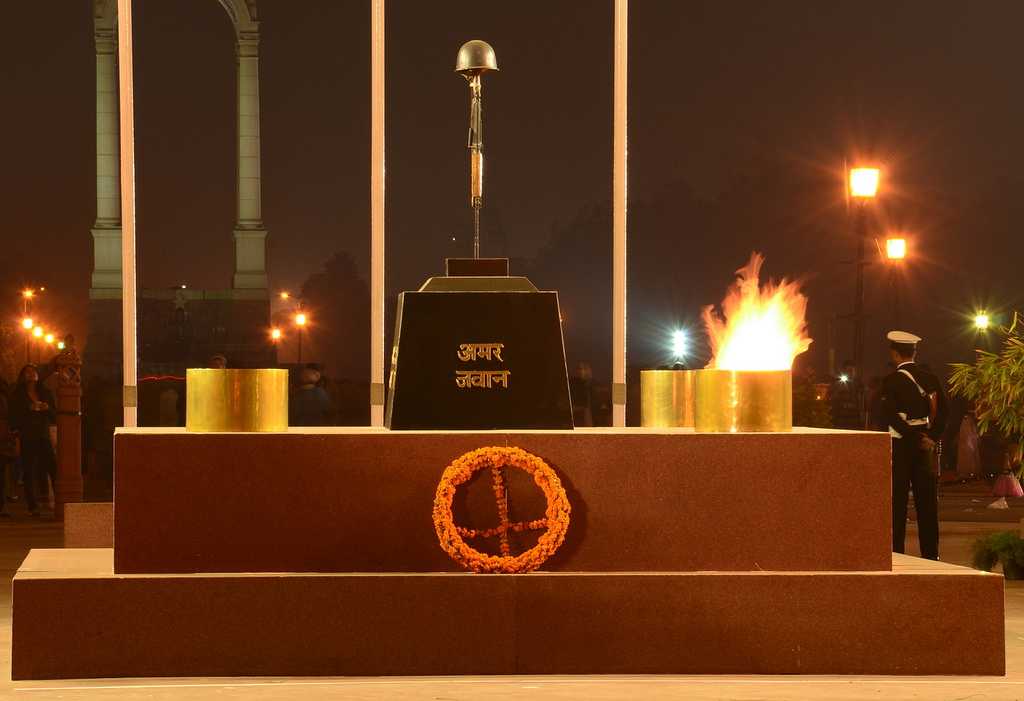
One huge expansion to India Gate in the year 1971 was ‘Amar Jawan Jyoti‘, the endless fire. Devoted to the troopers who lost their lives in the Indo-Pak war of December 1971, Amar Jawan Jyoti endless flame burns day and night under the circular segment of India entryway as a tribute to the Indian saints. The consuming fire ascends from a stage that has a dark shaded marble cenotaph with a rifle and a trooper’s helmet on the barrel. The word ‘Amar Jawan‘ is engraved in gold on every one of the sides of the cenotaph. There are all out four blazes on each side of the cenotaph, which are lit up just on Independence Day and Republic Day. Melted oil gas was utilized to keep the unceasing fire alive until 2006 after which it was lit up utilizing channeled petroleum gas.
Leader Indira Gandhi clench hand paid tribute to the Indian officers at India Gate on the eve of 23rd Republic Day on 26 January 1972. From that point forward, the Prime Minister of India pays tribute to the warriors at this site alongside the heads of Indian Armed Forces, before turning into the piece of the yearly procession held at Rajpath on every Republic Day.
Encompassed by rambling rich green plant enclosures, India Gate is a standout amongst the most prevalent tourist destinations in India. It practically represents Delhi, and it is basic for travelers to visit this amazing structure while they are in the city. The nighttime’s at India Gate are continually clamoring with action, with bunches of individuals going for comfortable strolls in the plant enclosures and getting a charge out of the roadside restaurants.
History
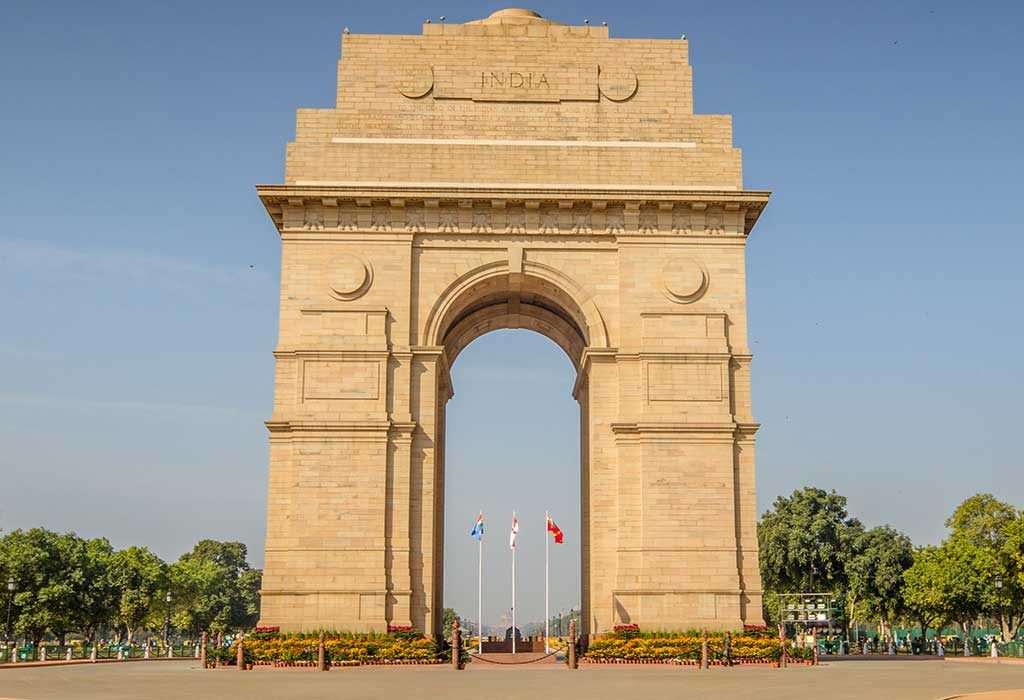
The development of the India Gate began in the year 1921, and it was a piece of the British activity to construct graves and commemorations for all the Indian and British troopers who fought with them in the First World War. The Duke of Connaught established the framework stone of the war commemoration on tenth February 1921, and the dedication was at long last introduced by Lord Irwin, India’s Viceroy on twelfth February 1931. It was committed to every one of the warriors who laid their lives during the war so the future ages would recall them for the honorable penance they made for the love of their nation.
Construction And Design
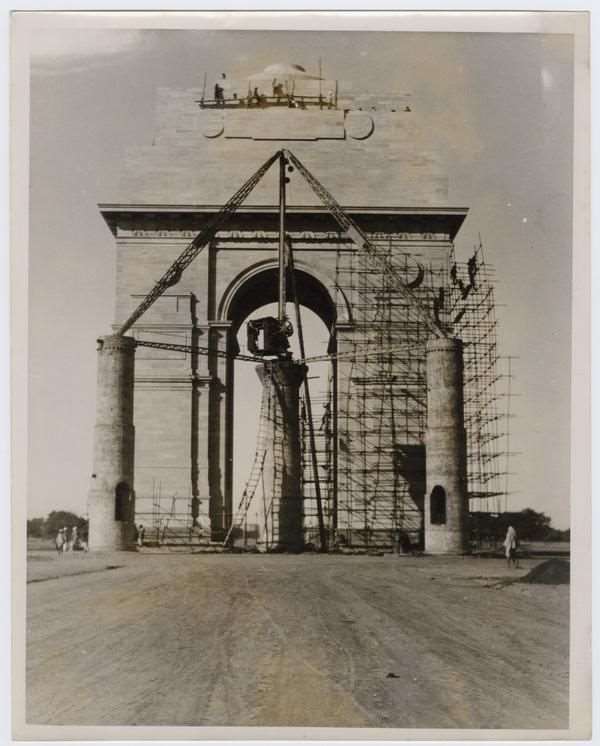
Sir Edwin Lutyens, one of the best war remembrance creators, drafted the plan for the All India War dedication in New Delhi. Roosted on the focal point of a hexagonal complex with a width of 625 meters, India Gate covers an all-out territory of 3,60,000 meters square. It is 42 meters tall and has a width of 9.1 meters. Its base stands on a low base red stone from Bharatpur and after that ascents in stages. There is a shallow arch formed bowl on the highest point of the India Gate which is seldom loaded up with consuming oil on uncommon events. The India Gate is a mainstream dedication, leaving aside religious and social assessments. Lutyen utilized the all-inclusive compositional style free of religious ornamentation. It has additionally been called the revamp of Arch de Triomphe since it takes after the structure. Additionally, directly behind the breathtaking India Gate, around 150 meters away, is an overhang like structure which was likewise worked by Edwin Lutyens. It had a statue of Lord George V. in any case, later it was evacuated.
On both sides of the curve of India Gate, ‘India’ is engraved in capitalized with dates MCMXIV (1914) and MCMXIX (1919) on its either sides. Beneath the word ‘India’, in capitalized letters, is engraved: “To the dead of the Indian militaries who fell and are regarded in France and Flanders Mesopotamia and Persia East Africa Gallipoli and somewhere else in the close and the far-east in holy memory likewise of those whose names are here recorded and who fell in India or the north-west outskirts and during the third Afghan War.”
Smoothing View At Night
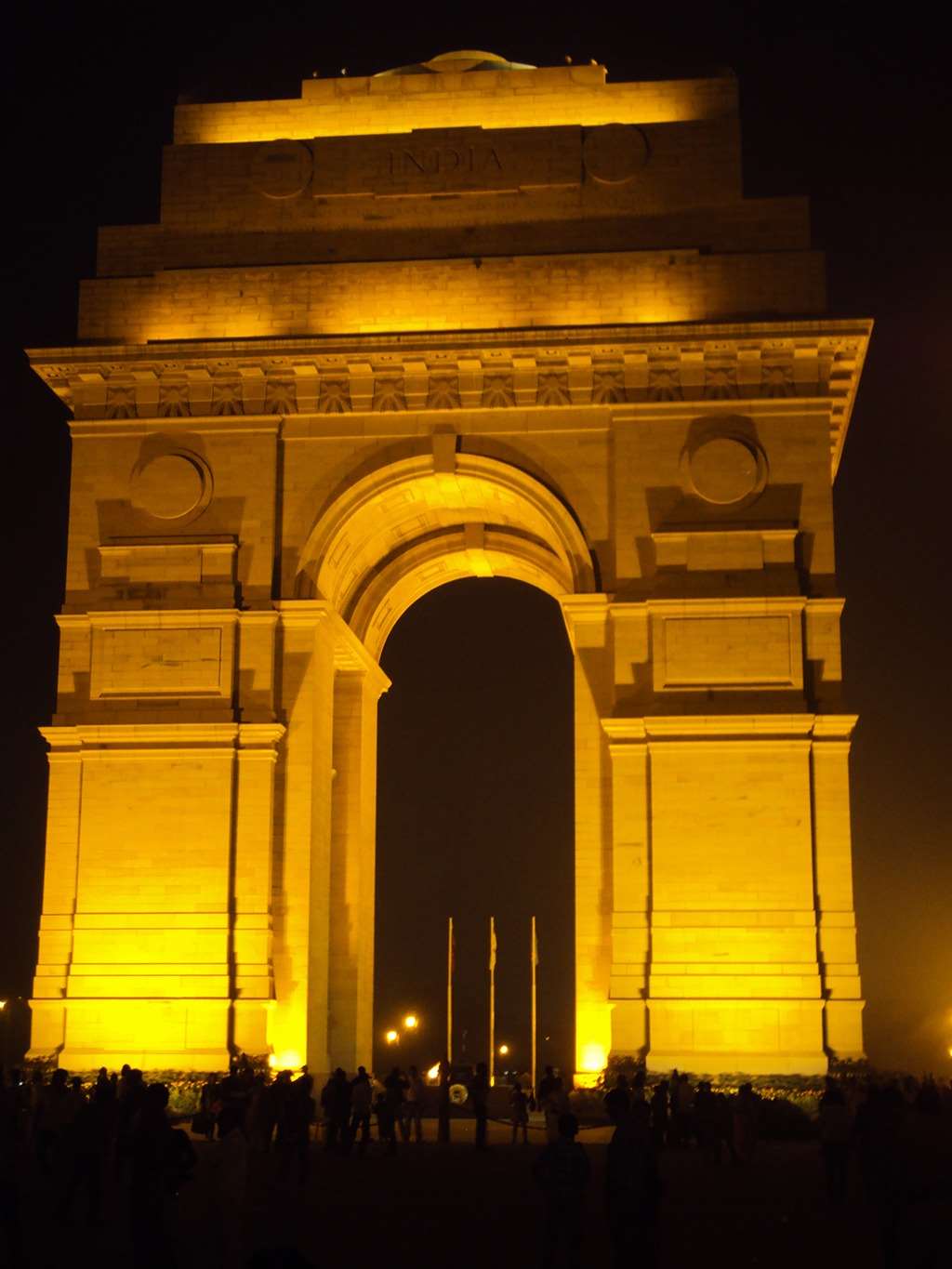
In spite of the fact that India entryway is stunning at totally any hour of the day, its brilliance is much more during the hours after dusk. Remaining against the scenery of the night sky, this structure ascends from the delicate gleam of shining yellow lights. The Amar Jawan Jyoti compliments the sight delightfully and is a lowering token of the extraordinary penances made by our troopers. This destination is rising with individuals during late night hours and there is awesomeness in the climate. You can appreciate a peaceful walk around the Rajpath disregarding the India Gate before getting your preferred frozen yogurt and heading back home.
Reaching India Gate
The most agreeable choice to reach India Gate is by means of a metro. The closest Metro Station is the Central Secretariat Metro Station, which falls on the Yellow Line. Other metro stations are Pragati Maidan, Race Course and Barakhamba. You can take an auto rickshaw or taxi from outside the metro station to achieve India Gate. On the other hand, you can take the DTC transport from any point in the city. Transports going towards Patiala House additionally go towards India Gate.
Probably, travelers are not permitted to take vehicles to the remembrance. Hence, an approved vehicle zone for India Gate guests close Shahjahan Road. It is around 600 meters from the dedication.

